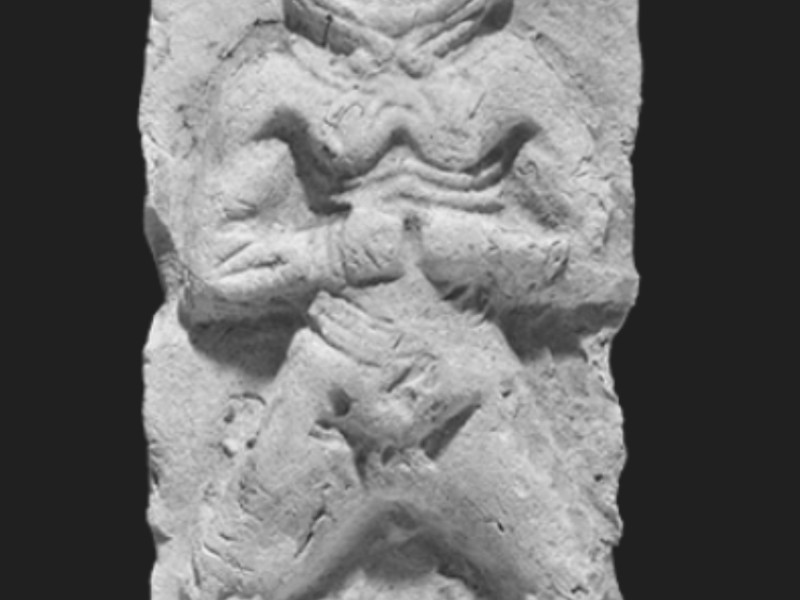Grendel
Grendel and his mother were some sort of humanoid creatures that had existed since the time of when God punished Cain for murdering his brother Abel, referring to passages from Genesis in the Old Testament Bible.
The description of the Grendel (and his mother) varied widely, and it was never made clear what they really were. Grendel has been called a fiend, a demon, a giant, a sea creature, or simply just a monster. Often, modern scholars and artists have depicted Grendel as a giant goblin, troll or ogre with long, powerful arms.
Grendel and his mother dwelt in an underwater cave of a lake or the fen, near the hall called Heorot, built by the Danish king Hrothgar. Grendel usually came out of his lair at night and killed his unsuspecting victims while they slept. Grendel enjoyed the killing and devouring of human flesh, then drinking their blood.
Grendel continued to kill and eat Hrothgar's people for twelve years. Though Hrothgar fought the monster, his weapon was useless against the monster because of some dark magic which made the creature invulnerable to weapons.
The Geatish hero Beowulf fought Grendel without a weapon, relying on his superhuman strength and powerful grip. Beowulf mortally wounded Grendel by ripping the monster's arm from his shoulder. Grendel fled back to his subterranean lair, where he died.
The next night, Grendel's mother grieved over the death of her son, then went to Heorot and killed one of Hrothgar's thanes in revenge. Beowulf went to Grendel's lair in the subterranean vaulted hall to kill Grendel's mother. Beowulf fought Grendel's mother, killing her with the sword that he had found; the blade had been made by a giant. Beowulf severed her head with it.
By Jimmy Joe





